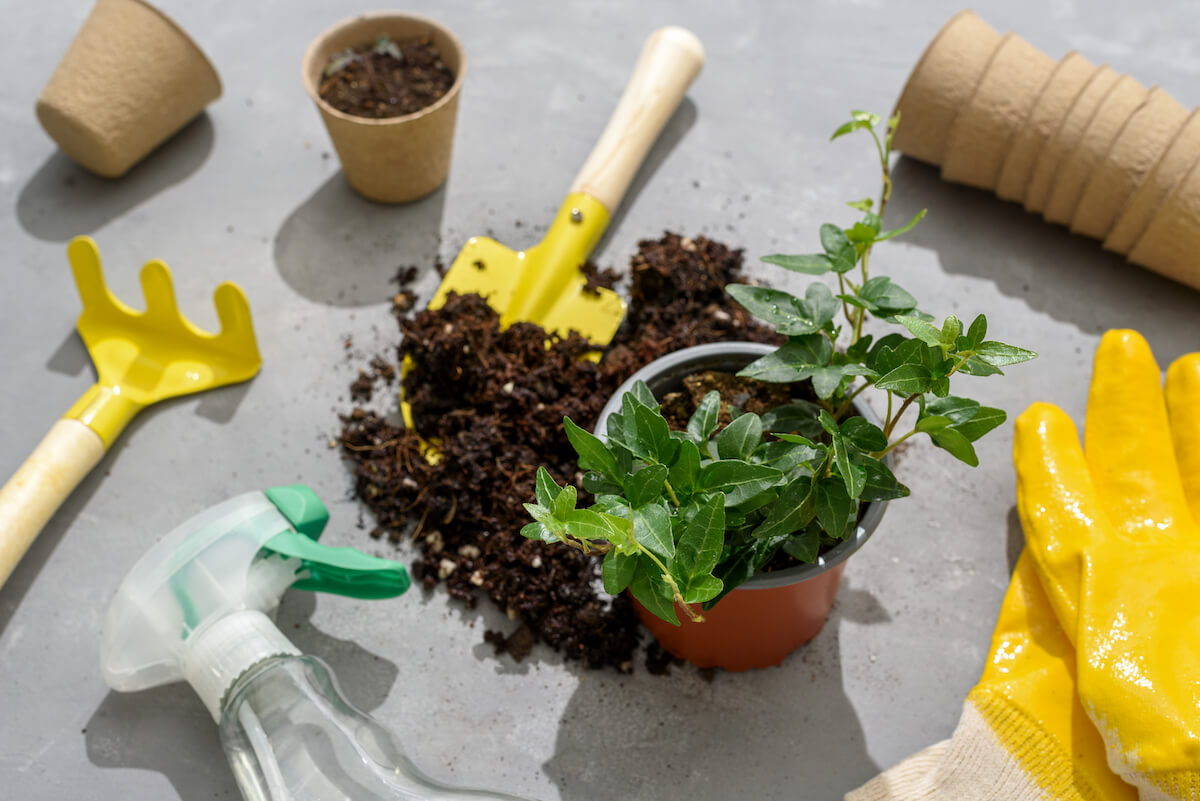Are you striving to be more sustainable and eco-friendly in your gardening practices? Composting is an excellent way for gardeners, homesteaders, sustainability enthusiasts, and environmentally conscious individuals to enrich the soil naturally. Because there are many different approaches to composting, it can be challenging to determine which is the best for specific types of soil and gardens. Victoria Gerrard La Crosse, advocate for sustainable living, examines different techniques of composting that even novice gardeners can use to create natural fertilizers.
Benefits Of Composting
Composting breaks down organic materials, such as food scraps and yard waste, into a nutrient-rich soil amendment. Not only does composting help reduce the amount of waste in landfills, but it also provides a natural alternative to chemical fertilizers, promoting healthier plant growth.
Composting can be done on a small or large scale, making it an excellent option for homeowners and farmers alike. Furthermore, composting helps reduce greenhouse gas emissions, as organic waste in landfills produces harmful gases such as methane. By practicing composting, we can improve the health of our soil, reduce waste, and mitigate climate change.
Types Of Composting
Composting is an excellent way of reducing waste while enriching the soil for gardening. There are two main types of composting: indoor and outdoor. Indoor composting is perfect for those who don’t have outdoor space or want to compost year-round. It’s clean, convenient, and efficient. In comparison, outdoor composting typically involves using garden beds or designated areas in the yard.
There are two ways to compost outdoors: using a bin or a pile. Composting in a container is a tidy, organized way of composting, whereas making a pile is a bit more rustic and allows for more substantial amounts of organic material to be composted at once. Ultimately, which type of composting you choose will depend on your circumstances and personal preference.
Gathering Materials For Composting
Composting is a great way to recycle organic waste and create nutrient-rich soil for your garden. Gathering materials for composting may seem daunting, but it’s pretty simple. The first step is to collect kitchen scraps such as vegetable peels, fruit cores, and coffee grounds. These items can help create a balanced mix of nitrogen and carbon in your compost pile.
Next, gather yard waste such as grass clippings, leaves, and small twigs. These can create air pockets in the compost pile and provide essential nutrients. Other items, such as eggshells, shredded newspaper, and even hair, can be added to the pile. With a little effort and attention, you can turn your organic waste into a valuable resource for your garden.
Prepping The Compost Pile
When prepping your compost pile, there are a few key factors to remember. Firstly, aerating the pile is crucial to ensuring proper decomposition. This can be achieved by turning the pile regularly with a pitchfork or aerator tool. Additionally, monitoring the moisture content of the pile is essential, as a compost pile that is too dry will not break down properly.
Conversely, a too-wet pile can become anaerobic and emit unpleasant odors. Aim for a damp sponge consistency and add water if necessary to maintain the appropriate moisture level. Lastly, adding a variety of organic materials to the pile, such as kitchen scraps, yard waste, and shredded paper, will help accelerate the composting process and yield nutrient-rich soil for your garden. By following these steps, you’ll be well on your way to a successful composting experience.
Different Types Of DIY Composters
If you’re looking for a sustainable way to manage your organic waste, DIY composting is the way to go. Different DIY compost types are out there, such as tumblers, barrels, and bins, each with unique features and benefits. Tumblers, for example, are great for people with limited space or mobility, as they can be easily turned and require minimal maintenance. Barrels are durable and can hold more compost than tumblers, making them suitable for larger households or small farms.
Conversely, bins are the most versatile and affordable option and can be customized to fit your unique composting needs. Whichever type you choose, DIY composters are a fantastic way to reduce your carbon footprint and create nutrient-rich soil for your garden.
Maintaining Your Compost Pile
Maintaining a healthy compost pile requires attention to two key factors: turning frequency and temperature control. To promote the breakdown of organic matter, turn the pile regularly. It will ensure oxygenation and equal distribution of heat.
Additionally, keeping track of the temperature of the pile is essential. High temperatures, around 140-160°F, will promote the growth of bacteria that break down the compost. Too low or too high temperatures can alter the composting process and create an unpleasant odor. You can create a rich, nutrient-dense soil amendment for your garden by maintaining the right turning frequency and temperature control.
Final Thoughts
Victoria Gerrard La Crosse knows composting is a great way to reduce your carbon footprint and create nutrient-rich soil for your garden. Whether you choose a tumbler, barrel, bin, or another DIY composter, it’s important to remember the basics of gathering materials, prepping the pile, and maintaining proper temperature and turning frequencies. With these tips in mind, you’ll be well on your way to composting success.

